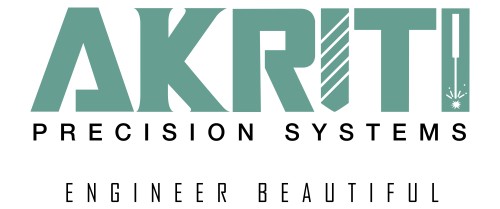In this blog we will understand what is a Z Axis Probe and how to use it on a CNC.
Understanding the significance of Z=0 while executing CNC projects is crucial for achieving precise outcomes. In most cases, Z=0 signifies the point on the Z axis where the end mill tip is either flush with or slightly touching the surface of the stock material. Accurately determining this point, along with the exact thickness of the material, is vital for defining the CNC workspace effectively.
For stock thickness, obtaining measurements is relatively straightforward using a caliper or a similar measuring device. However, identifying the Z-0 point has historically posed challenges.

Traditionally, CNC operators would employ methods such as sliding a thin piece of paper or a feeler gauge along the material’s surface while gradually lowering the Z axis. By sensing the point at which the end mill begins to pinch the paper, they would establish Z-0 as the current location minus the paper’s thickness.
This technique, akin to an art form, requires a keen sense of touch, with nuances ranging from too little to too much pressure. Mastery of this skill is often attained through experience and practice, making it difficult to teach.
Here is where the Z Probe comes to the rescue.
The Z Probe consists of two components: a base linked to a black wire and an alligator clip attached to a red wire. Integrated into the CNC setup, the alligator clip’s contact with the base completes an electrical circuit. The precise moment this connection occurs is recognized by the CNC, enabling the accurate determination of Z-0 by factoring in the probe base’s thickness along with the stock material.
The standardized manufacturing of the probe base facilitates the pre-programming of the CNC to recognize the exact base thickness, thereby streamlining the Z-0 determination process with a simple button press. This is computed using the formula:
True Z-0 = (Stock/Base Z-0) – Base thickness
Embracing the efficiency of the Z Probe is a game-changer, rendering the traditional methods obsolete once you experience the ease and accuracy it brings to the CNC workflow.”


